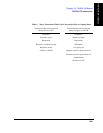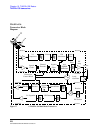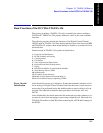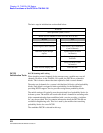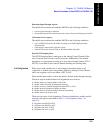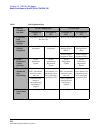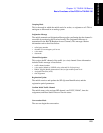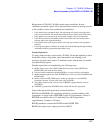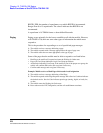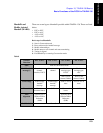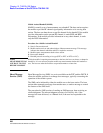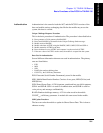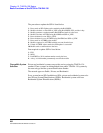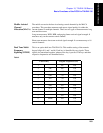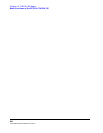
277
Chapter 10, TIA/EIA-136 Basics
Basic Functions of the DCCH in TIA/EIA-136
TIA/EIAa TIA/EIA-136 Basics
Registration for TIA/EIA-136 differs under certain conditions. In these
conditions, the mobile replies with a registration that contains a message specific
to the condition. Some of the conditions are listed below.
• If the mobile has just powered down, the registration will contain a message with a
power down indication. The mobile then enters the Power Down mode (Null mode).
• If the mobile has just powered up, the message contains a Power Up indication.
• If the SID value does not match the mobile’s stored SID value, the mobile sends a
message with a New System indication.
• If the mobile needs to De-register, then the message sent contains a De-registration
indicator.
• If message decryption is enabled, the mobile will send the Message Encryption Mode
information with any registration method that is sent.
Periodic Registration
To greatly improve battery conservation, TIA/EIA-136 has the capability to allow
the mobile to enter a sleep mode, where the mobile is not listening to any
messages sent by the base station. To maintain contact with the base, the mobile
must periodically register.
Periodic registration is accomplished by the following steps.
1. Mobile station starts a timer (PER_TMR) based on timing values (REGID and
REGID_PER) sent from the base station.
2. The base station continuously updates REGID as a system clock for registrations.
3. Mobile internally updates the value NEXTREG. Its value is also based on REGID and
REGID_PER.
4. Mobile, whenever PER_TMR expires, wakes up and looks for a new REGID
parameters message. It receives the latest value of REGID.
5. The mobile checks to find out if the value of REGID is greater than the value of
NEXTREG.
6. If REGID is greater than NEXTREG, then mobile will start the registration.
Some of the data used in registration are described below.
REG Period (REGPER): the registration periodicity counted in number of 94
superframes. A single count of REGPER is equal to 94 superframes. Values of
REGPER are coded from 0 to 511 indicating 94 to 48128 superframes
(approximately 1 minute to 8.5 hours).
REGID parameters: contains the REGID and the REGID_PER
REGID: the system clock, ranging from 0 to 1048575.



